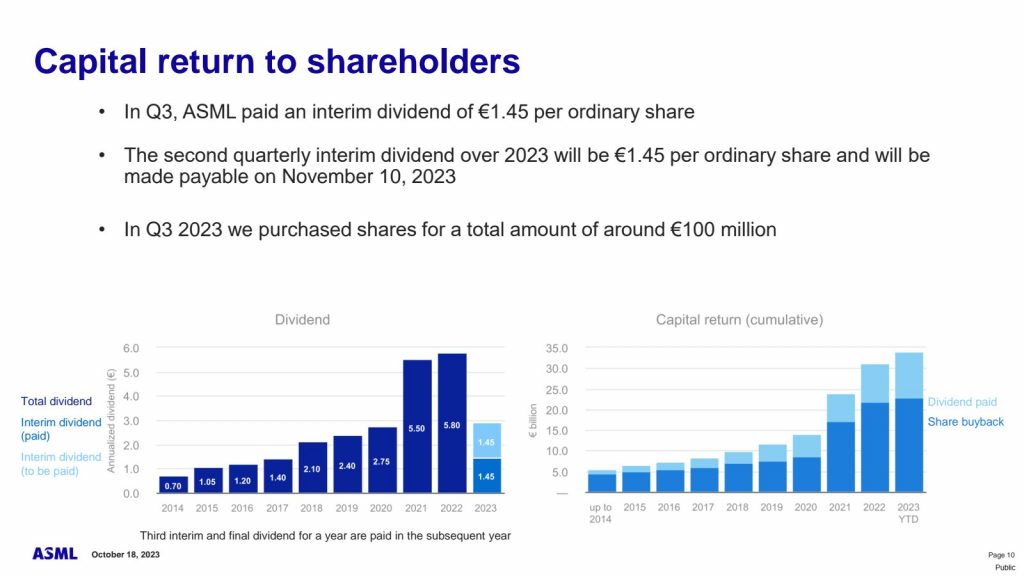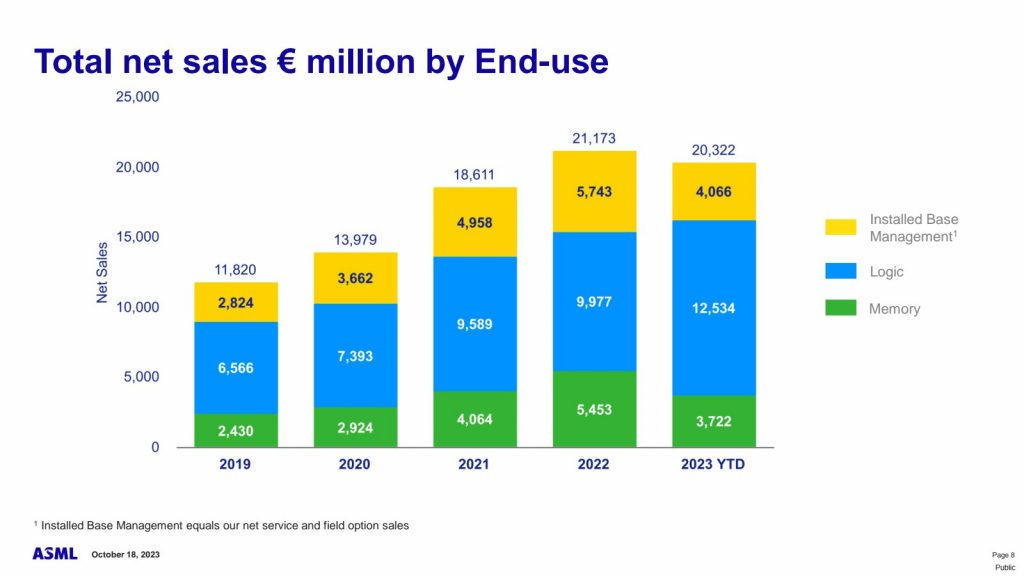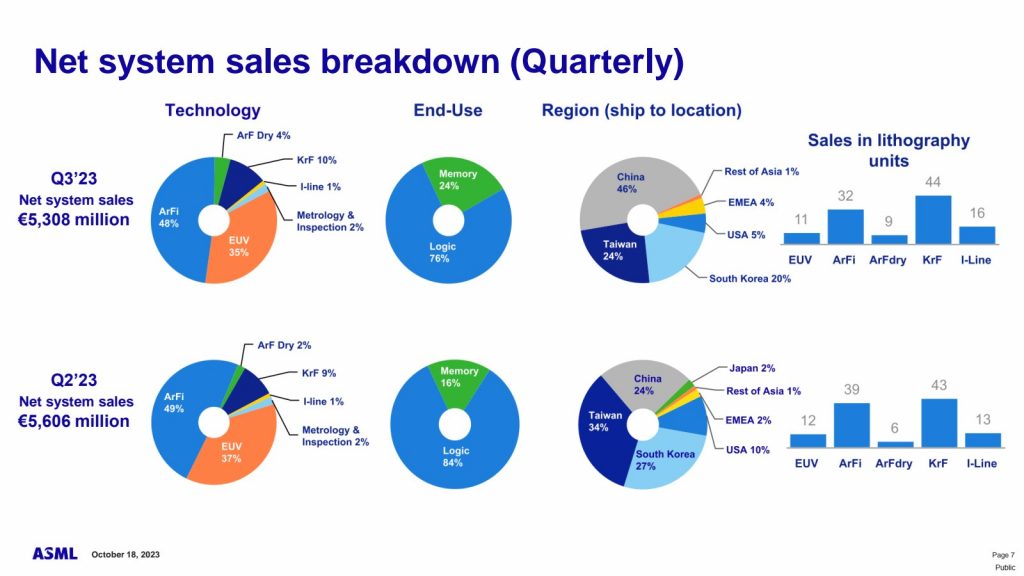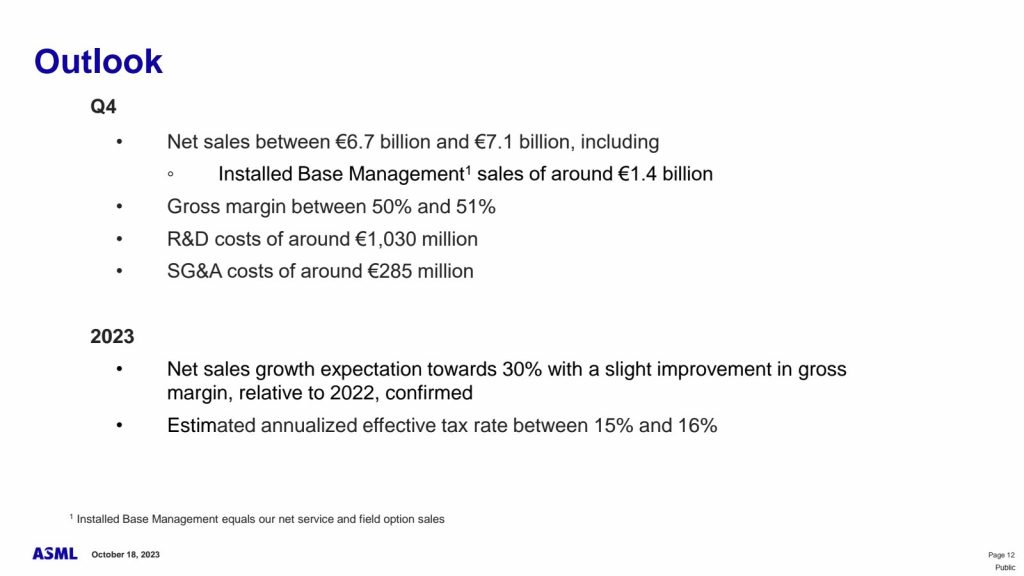YouTube is a massive platform with a vast reach and impact on the global landscape. Here are some key metrics that demonstrate its scale:
- User Base: YouTube boasts over 2.5 billion monthly active users, making it the second most visited website after Google Search. This vast user base spans over 100 countries, reflecting the platform’s global reach and popularity.
- Video Consumption: Users collectively watch over one billion hours of video content on YouTube every day. This translates to an average of 13 hours of video consumption per user per month.
- Content Volume: The sheer volume of content on YouTube is staggering. Over 500 hours of new video content are uploaded to the platform every minute. This equates to an estimated 720,000 hours of video uploaded daily.
- Revenue: YouTube’s revenue in 2022 reached $29.2 billion, highlighting its commercial significance and the value it generates for content creators and advertisers.
- Economic Impact: YouTube has a substantial impact on the global economy, creating jobs and generating revenue for creators, businesses, and the broader digital advertising ecosystem.
These metrics paint a picture of YouTube as a colossal platform with a profound impact on the way people consume and create video content. Its vast user base, immense video consumption, and significant financial impact solidify its position as a leading force in the digital landscape.



